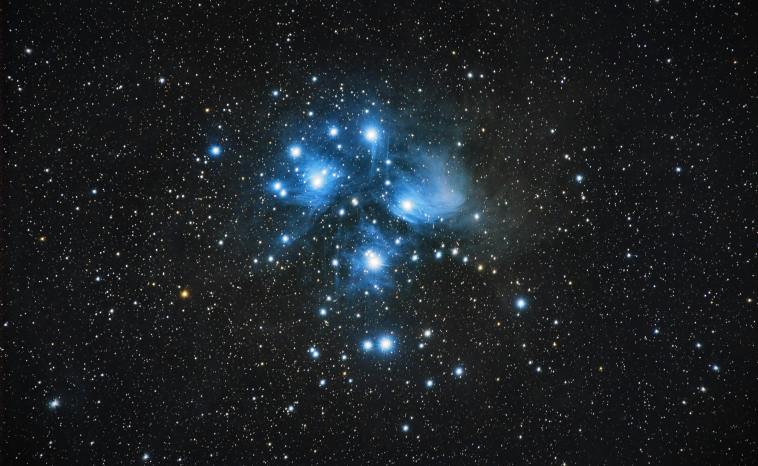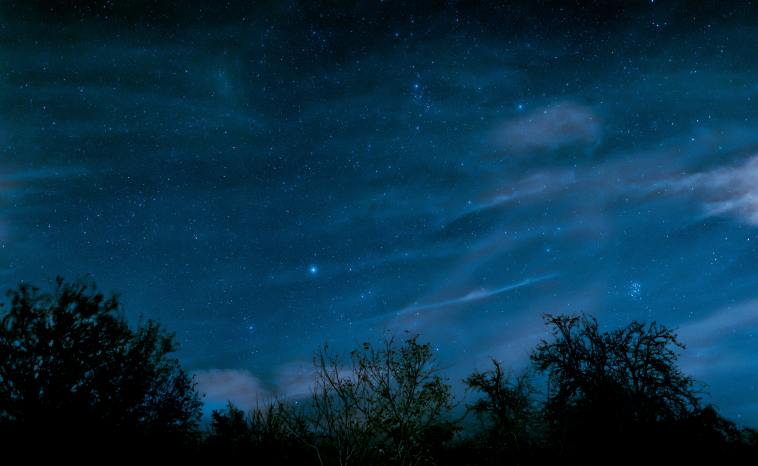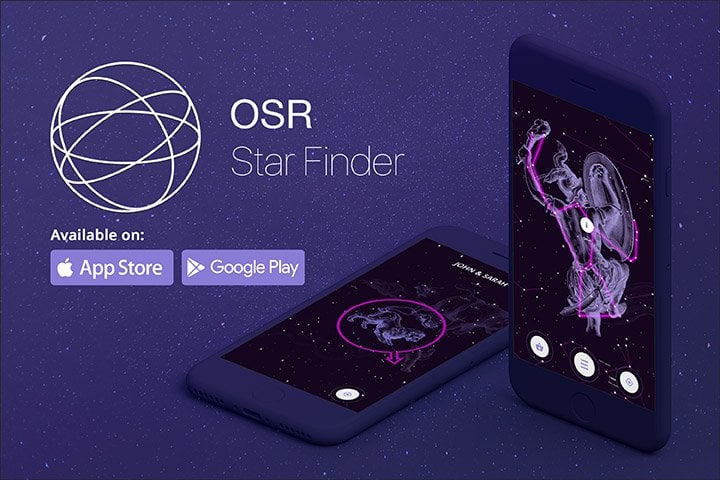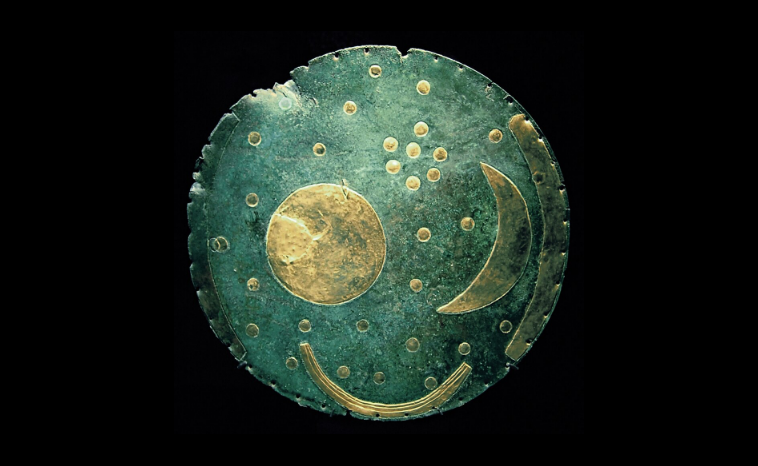What Is the Pleiades Star Cluster?

Join us as we embark on a journey to discover the history, myths, and cosmic significance of the Pleiades star cluster, one of the most observed and beloved clusters in our galactic neighbourhood.
Nestled like a cosmic jewel box in the night sky, the Pleiades star cluster, or the “Seven Sisters”, have twinkled enticingly at stargazers for millennia. These stellar beauties are not just a treat for the naked eye but a treasure trove for astronomers who seek to unravel the mysteries of the universe. But what exactly is the Pleiades?
In this article, we’ll take a tour of this fascinating celestial landmark. We’ll explore everything from how it got its name, related ancient mythology, and all the facts and figures you need to know!
What Is the Pleiades Star Cluster?

Located in the constellation of Taurus, the Pleiades star cluster is also affectionately known as the ‘Seven Sisters’. Officially named Messier 45, it is an asterism, or pattern of stars, that is among the nearest star clusters to Earth and can be observed with the naked eye on a clear night.
Viewed through a telescope, the Pleiades reveals a dazzling spectacle with hundreds of stars cloaked in a silvery-blue nebula. More than just an extraordinary sight, the cluster is a cosmic laboratory for astronomers studying stellar formation and evolution.
How Did the Pleiades Get its Name?
The name ‘Pleiades’ dates back to ancient Greece, most likely taken from the word “plein”, meaning “to sail”. As a popular point of reference in the night sky, the star cluster guided many an ancient navigator across the Mediterranean.
Later, the name would also be used in Greek mythology, referencing seven sister nymphs who were the daughters of Pleione. These celestial siblings — Maia, Electra, Taygeta, Alcyone, Celaeno, Sterope, and Merope — were said to be fashioned into stars by Zeus to forever escape the unrelenting pursuit of Orion.
History of the Pleiades
The Pleiades star cluster has been a noted celestial feature for thousands of years. Indeed, historians believe the asterism appears on the Nebra sky disc, a decorative bronze disc depicting the night sky that dates back over 3,500 years. However, more than simply capturing our ancestors’ imaginations, the star cluster has also been an invaluable tool for sailors navigating the high seas and farmers sowing their crops in rhythm with the seasons.
In modern astronomy, M45 is a crucial benchmark for celestial calibration, a cosmic ruler by which astronomers gauge the universe’s vast expanse. It’s also an essential object for astrophysicists studying the formation of stars, who peer into the heart of the Pleiades to glean insights into the genesis of stars and planetary systems.
M45 Facts and Figures
The Pleiades is a favourite night sky feature for many stargazers, but what makes the asterism so unique? Aside from its aesthetic beauty, here are some of the headline figures that make the Seven Sisters such a fascinating object:
- Distance from Earth: Merely 444 light-years away, the Pleiades is the closest Messier object to Earth.
- Open Star Cluster: M45 is an open star cluster comprising hot, blueish B-type stars surrounded by reflection nebulae.
- Age: With an estimated age of 100 million years, the stars in the Pleiades are cosmic infants, still swaddled in nebulous material.
- Number of Stars: Boasting over 1,000 confirmed members, it’s quite a celestial gathering!
- Apparent Magnitude: With an apparent magnitude of 1.6, M45 is easy to spot with the naked eye on a clear night, even by city dwellers.
- Mythology: Many cultures, from the ancient Greeks to Native Americans, have historically celebrated and mythologised the Pleiades. Some civilisations saw the cluster as seven sisters, while others viewed it as a mother hen with her chicks!
How to View the Pleiades

Gazing upon the Pleiades with the naked eye is enchanting in any location. However, a more tailored approach is advisable to truly appreciate the grandeur of M45. Ideally, find a dark sky location away from glaring city lights, where the stars can shine at their brightest.
Autumn and winter months offer the clearest views of M45, peaking in January. Armed with a simple pair of binoculars, you can transform your celestial experience from splendid to spectacular, as this will reveal the delicate companions of Pleiades’ brightest stars that you can see with the unaided eye. Furthermore, for those seeking a deeper dive into the starry sea, a telescope will bring the cluster’s ethereal backdrop into stunning clarity and uncover the nebulous lace that swaddles these stellar gems.
OSR Star Finder App
Armed with a dash of curiosity and the right tools, the sky is not the limit but the canvas for a never-ending story written in celestial ink. By downloading the OSR Star Finder App, you can learn more about a host of fascinating astronomical bodies, from the mesmerising Pleiades to planets, stars, and constellations. Download the app today, set out on your own cosmic quest, and become part of the constellation of observers who have marvelled at the heavens above!


